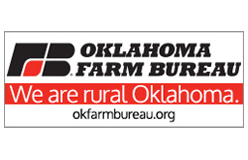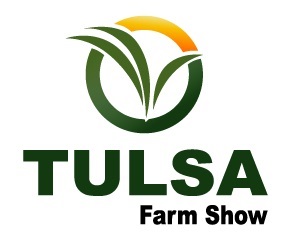
Oklahoma cotton producers are experiencing one of their best seasons in recent memory, according to Maxwell Smith, cotton extension specialist at Oklahoma State University, who spoke with associate farm reporter Carli Davenport. Smith said, “This year has been a really good change from the last few that we’ve experienced in Oklahoma cotton production.” Early rains and full irrigation capacity at Lake Altus gave farmers the strong start they needed. Smith noted that, “We got some timely rains, and as we got here to harvest time and got those leaves knocked off those plants, we really saw what we were able to achieve this year.” Many producers are reporting record yields, which he credits to both improved weather and better genetics in cotton varieties.
The recent freeze event in late October turned out to be beneficial rather than harmful. Smith explained, “Our freeze timing was actually pretty ideal for most of our cotton area in the state.” Because most fields had already matured and been sprayed, the freeze helped dry down plants and remove remaining leaves, making harvest easier. He emphasized that Oklahoma growers avoided the kind of early freeze that can seriously reduce yields, saying, “We avoided any freezes early in the fall that would have been detrimental to our yields.”
Smith also highlighted the value of OSU’s ongoing research and field trials. He described several key sites, including “the Southwest Research and Extension Center at Altus, the Caddo Research Center near Fort Cobb, and the Goodwell Research Center up in the panhandle.” His program is focusing on weed and insect control, with new technologies on the horizon. “There’s some new herbicide technologies that we hope to get approval for by next season and potential for some new insecticides to be labeled moving into next year,” he said. Smith also credited his colleague Dr. Jenny Dudak for her variety and defoliation work, noting the collaboration with growers across the state testing new cotton varieties.
Looking ahead, Smith said planning for 2026 starts with managing moisture. “The number one thing—we’ve got to pray for rain,” he stressed. Although 2025 was blessed with timely rainfall, he warned that dry post-harvest conditions could create soil moisture deficits for the coming year. He added that “if our soil profile is depleted of water, we’re going to be playing catch up all season,” highlighting the importance of early-season moisture recharge through winter precipitation.
Smith pointed to pest management as a key focus for the upcoming year, particularly the threat of a new invasive insect. “There’s a new pest that’s been moving throughout the Cotton Belt… called the cotton jassid or the two-spotted leafhopper,” he said. While it hasn’t reached Oklahoma yet, it has been found across the Southeast and in Texas. Smith cautioned producers to stay alert, saying, “If we see it, we need to get on it quickly before it does hurt our crops at all.” Overall, Smith’s outlook for Oklahoma cotton is optimistic, grounded in strong research, better genetics, and a hope for another season with good rain.

















